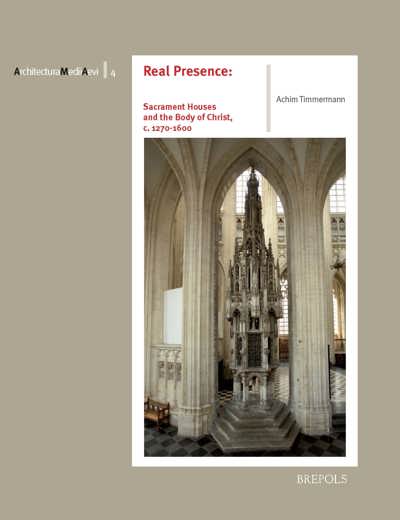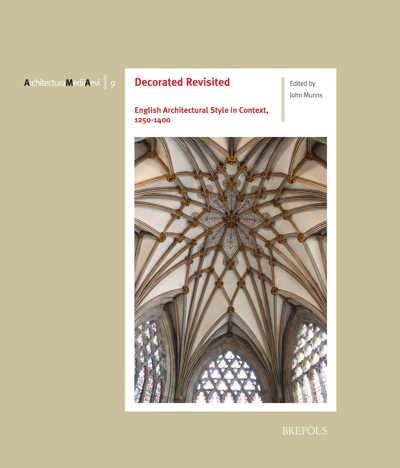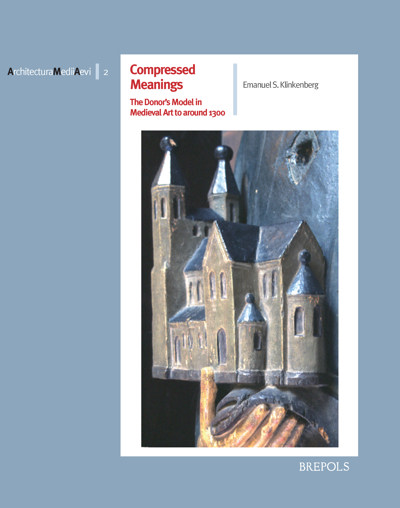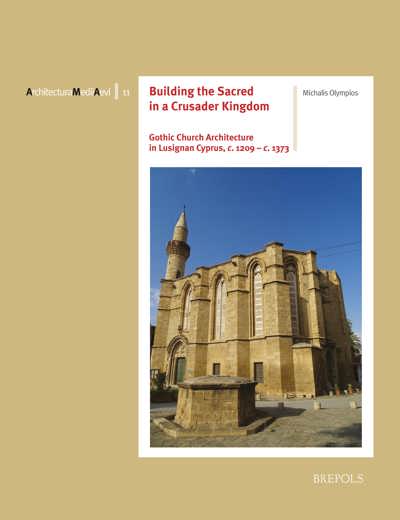
The Gothic Cathedral in Cracow and the European Architecture Around the Year 1300
Jakub Adamski, Piotr Pajor
- Pages: 430 p.
- Size:216 x 280 mm
- Illustrations:426 b/w, 2 col.
- Language(s):English
- Publication Year:2026
- € 130,00 EXCL. VAT RETAIL PRICE
- ISBN: 978-2-503-61658-2
- Paperback
- Forthcoming (Jan/26)
- € 130,00 EXCL. VAT RETAIL PRICE
- ISBN: 978-2-503-61659-9
- E-book
- Forthcoming
*How to pre-order?
This study is devoted to the Gothic cathedral in Cracow, analysed in the broad context of the stylistic transformations occurring in the Gothic architecture around the years 1270–1350.
Prof. Dr Jakub Adamski is an art historian and medievalist. After completing his studies in Cracow and Vienna, he was hired in 2012 at the Institute of Art History, University of Warsaw. His main area of research is the history of medieval architecture and sculpture, particularly Gothic, including their style, functions and ideological content.
Dr Piotr Pajor is an art historian at the Institute of History of Art and Culture of the Pontifical University in Cracow. His research interests include medieval architecture and urban planning, especially in terms of function, meaning and social reception, the art of the Mendicant orders, and the use of art as a means of political propaganda in the Middle Ages.
The turn of the fourteenth century was a difficult period in the history of late medieval Europe, marked by political instability, endless wars and all kinds of disasters. Yet it saw an extraordinary flourishing of Gothic architecture, marked by constant stylistic transformations that gave rise to a new phenomenon in European architecture: the late Gothic.
This book is devoted to the Gothic cathedral in Cracow (1320–1364), an edifice that perfectly embodies these complex transformations. Although situated on the periphery of the Latin world at the time, it is one of the most stylistically advanced buildings that can be counted as examples of “architecture around 1300”, featuring most of the artistic phenomena that distinguish this period in the history of medieval art. Moreover, this church served as the place of coronation and necropolis for the kings of Poland, and as a national shrine of the patron saint of the Kingdom, Saint Stanislaus, placing it on a path with sacred places such as Reims, Saint-Denis, Westminster, Aachen or Prague.
This new study presents Cracow Cathedral in the broader context of the stylistic transformations that marked the Gothic architectural period around between 1270 and 1350, and approaches this interregional phenomenon from a completely new angle, taking into account many buildings in Poland and Central Europe, that are generally overlooked. In addition to the history of style, the book focuses on the interface of politics, functional and liturgical considerations, and requirements of ceremony and display as determinants of the form and function of an architectural work.
Preface*
Introduction*
I. The Cracow Cathedral in the Years 1300–1320**
I.1. Historical Background
I.2. The Unfinished Ambulatory Choir
I.3. The Unfinished Single-Nave Choir
I.4. The Extension to the Vicar Tower
II. Construction of the Gothic Cathedral in Cracow From the year 1320
II.1. Stage One: the Choir*
II.2. Stage Two: Transformations in the Transept Area*/**
II.3. Stage Three: the Nave*
II.4. Medieval and Early-Modern Transformations*
II.5. Renovation of the Cathedral in the Nineteenth and Twentieth Century*
III. A New Cathedral on the Wawel Hill as an Architectural Task
III.1. Cracow Cathedral Among Medieval Episcopal Churches in Poland*
III.2. The Choir of the Wrocław cathedral, Cistercian Architecture and the Cracow Cathedral**
III.3. The Rood Screen in the cathedral*
III.4. Romanesque Remains in the Gothic Cathedral: Cost-Cutting or a Tribute to the Past?**
III.4.1. Remnants of Twelfth- and Thirteenth-Century Structures*
III.4.2. Incorporating Elements of Earlier Structures into Newly Built Churches: Political Historicism in Medieval European Architecture?*
III.3.3. An Ideological Message of the “Testimonies of the Past” in the Cracow Cathedral
IV. Architectural Framework for the Liturgy and Cult of the Relics. Functions of the Cracow Cathedral
IV.1. Cult of St Stanislaus and the Sacral Topography of the Cathedral**
IV.2. St Stanislaus in the Iconosphere of the Cathedral and the Reconstituted Kingdom of Poland**
IV.3. The Cathedral as an Episcopal and Royal Necropolis*
V. The Architecture of Western and Central Europe Around the Year 1300 – Stylistic Trends, Networks of Interconnections, Research Problems*
V.1. The Condition of French Architecture After 1270. Between Stagnation and Innovation
V.2. The Pathways to Late Gothic in the Architecture in the Countries of the Empire North of the Alps from the Late Thirteenth Century Onwards
V.3. The Impact of Upper Rhineland on the Architecture of Polish Lands from the Late Thirteenth Century Onwards
VI. Sources of the Style of the Gothic Cathedral in Cracow*
VI.1. The Construction System
VI.2. The Ambulatory and the Chapel of St. Margaret
VI.3. Arcades and Vaulting Shafts in the Choir
VI.4. The Composition Scheme of the Choir Interior and the Blind Tracery Panels
VI.5. The Triradial Vault in the Altar Bay
VI.6. The Style of the Cathedral’s Choir – Conclusions
VI.7. Updating the Style: Design Modifications in the Nave
VII. The Cracow Cathedral’s Architectural Legacy
VII.1. The Basilican Churches in Cracow*
VII.2. The “Royal” Churches in Lesser Poland*/**
VII.3. The Cracow Cathedral and the Architecture in Central Europe in the Mid-Fourteenth Century*
Conclusion*
Bibliography
Index of Names
Index of Topographical Names
List of Illustrations
* Chapters by Jakub Adamski
** Chapters by Piotr Pajor




